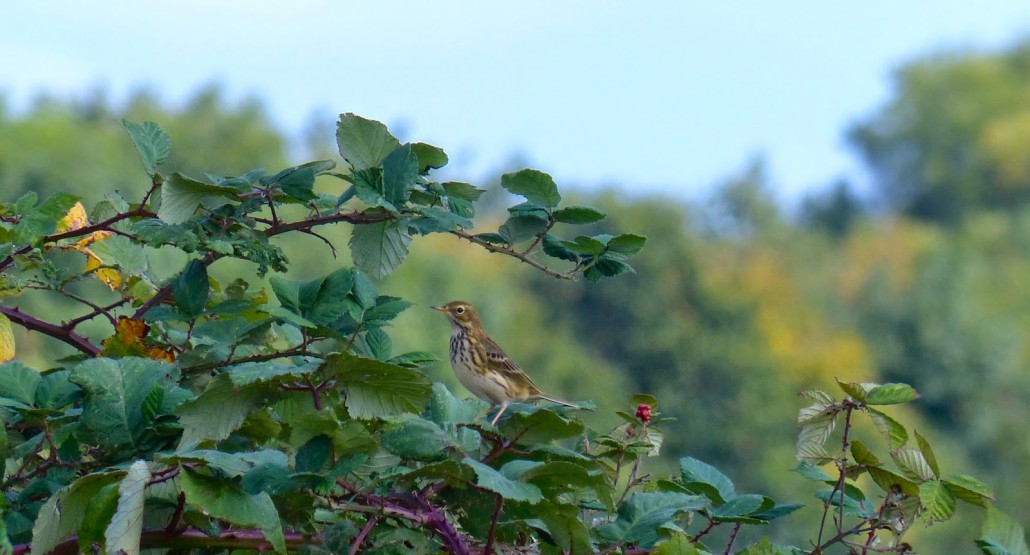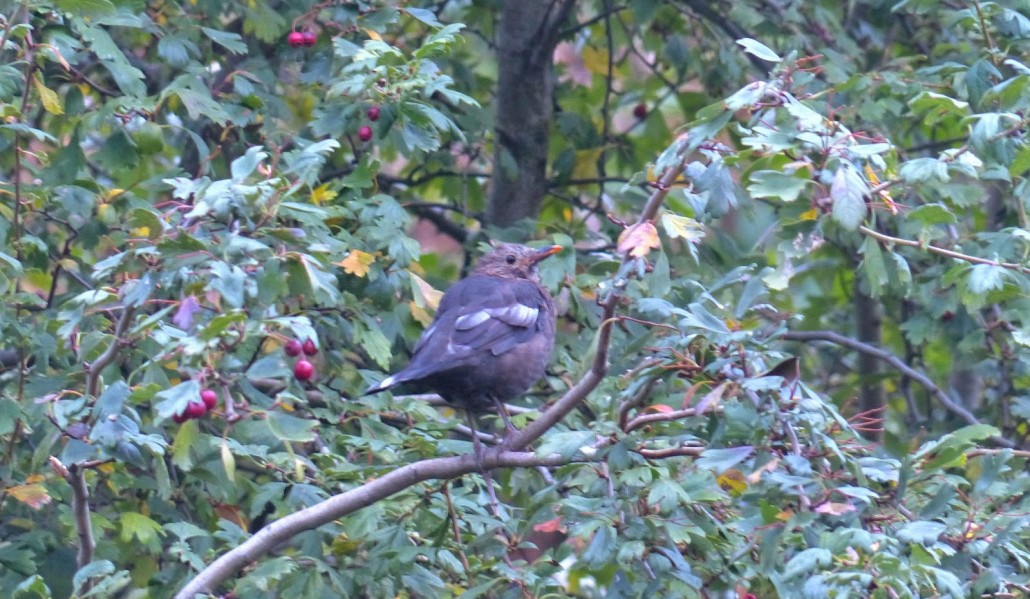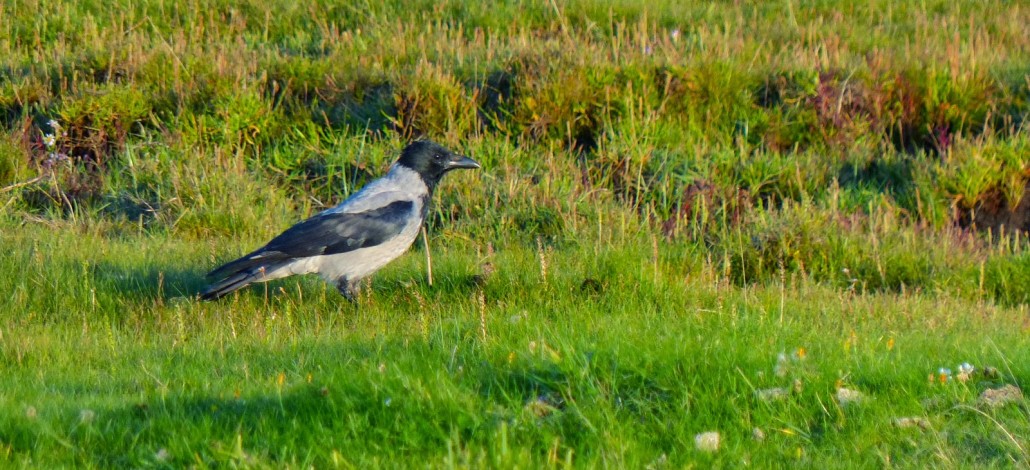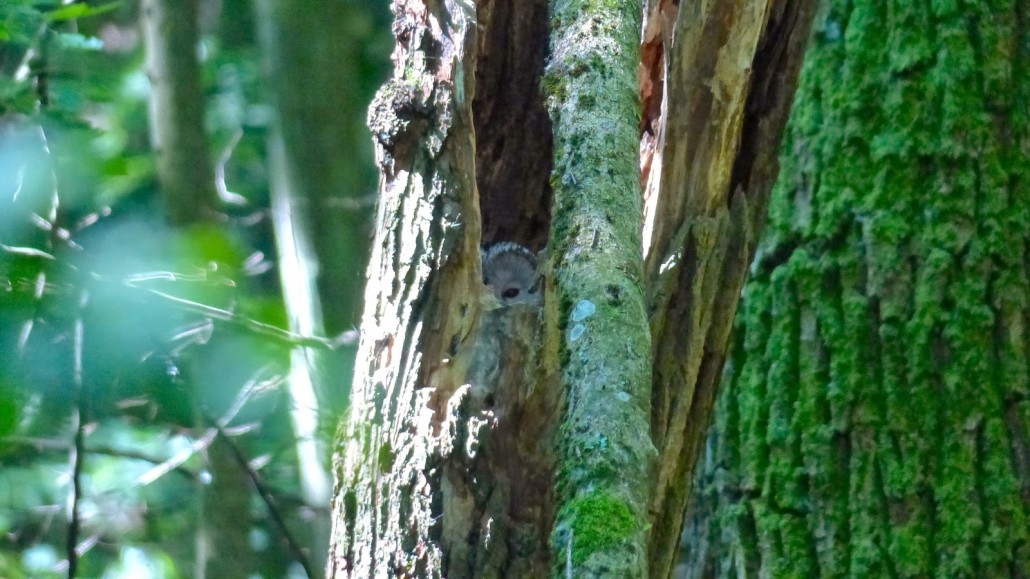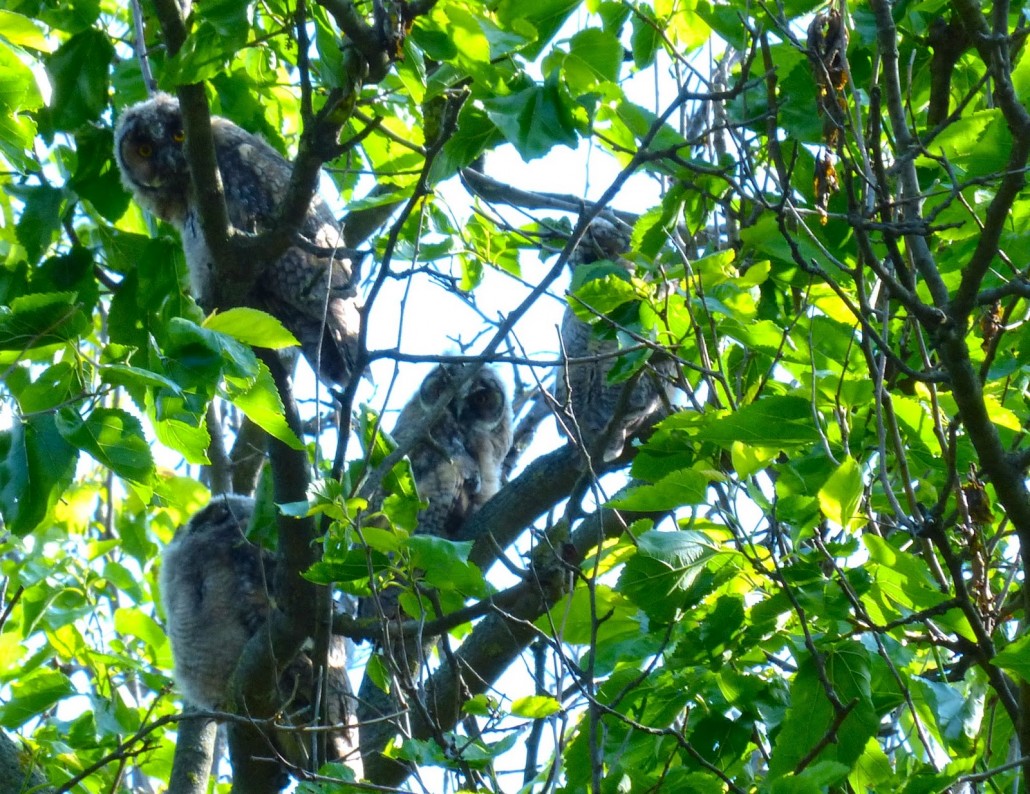Good Chats down at The Scrubs
Stonechats, although biannual, are rarely seen in groups of more than three at The Scrubs these days. Prior to the severe winter of 2009/10 we used to get up to 10 birds in the grassland that would stick around for a few days before disappearing. Thereafter, three to four would winter until March when a fresh influx would swell their numbers.
I would love to know where these birds emanated from and where they where heading. Regardless, I hope that these birds are the advance guard for a new wintering population.
Autumn heats up a little at The Scrubs
Two days later on another stupendous morning (weather-wise) I locked onto a female Stonechat originally found by Paul Thomas, a fellow Scrubber. It was great to capture it sitting next to a Whinchat, its close relative.
Mid September ornithological rays of hope at The Scrubs
1st winter Northern Wheatear at The Scrubs
The wonder of Falsterbo
Wryneck and a Little Egret grace The Scrubs
September 2nd will forever more be marked as the day our 2nd ever Wryneck was discovered. It was disturbed by Scrubs regular Roy Nuttall, as he walked the path intersecting what we term as the Magic Bush area at the eastern edge of the grassland. It flew up from the patch and perched conveniently on a bush allowing Roy the opportunity to revel in the glory of this lifer.
Of course, when I went looking for it just an hour later it was nowhere to be found.
Ah well, at least I saw an overflying Little Egret a couple days previously. A rare bird here.
Late August at The Scrubs
Apologies for the long delay in writing a post on my blog. My main excuse is the all consuming work I’ve been involved with on the launch of the Vote National Bird Campaign. More about that another day.
The Scrubs is shaping up for a good autumn. Unfortunately, I haven’t been visiting my beloved patch at all until very recently. Nor has there been that many other birders visiting during the summer, so as a consequence our year list isn’t too hot.
Over the last few days we have recorded at least 6 Tree Pipits, up to 8 Whinchats and several Lesser Whitethroats. Last year in early September I found a juvenile Common Rosefinch. What’s in store this September.
The Kestrels return to The Scrubs
I hope that my sightings at my patch of this adorable falcon once again become a regular thing.
Autumn has dawned at The Scrubs
Tales of woah aside, this morning’s visit to The Scrubs was highly fruitful. I saw a couple of male Whinchat in the grassland. These birds were the earliest returning autumn migrant Whinchats on record on my patch.
Four Swallows were unusual for this time of year but the best bird was a brief flyover Common Tern – our first in perhaps three years.
Life goes on at The Scrubs and the good birds just keep on coming. I always live in hope that the armageddon that lies ahead for the site is not as complete as it promises to be.
MadBird Fair 12 – 15 June 2014
Meadow Pipits in June
I’m ashamed to report that I have hardly been to my beloved patch recently. In my own defence, I have been mega busy plus by the time morning comes I’m just too knackered to even consider opening my eyes, let alone get out of bed!
But on the few occasions that I managed to tip out of bed I was able to witness adult Meadow Pipits bringing food to their unseen young. I’m hoping that at least three pairs successfully bred. It was great to see them though. I always feel a sense of pride as well as contentment when I see evidence that breeding has occurred.
It’s now early July and already I may be too late to see the fledglings being fed. By now, they are buzzing around looking indistinguishable from the adults. By the end of the month our population starts to thin out. By the end of August most of our birds have disappeared and some days we don’t find any at all. By mid September the migrant Meadow Pipits begin to arrive with the odd Tree Pipit. On thee occasions in the past we were even lucky to find Richard’s Pipits!
Anyway, I hope that I will be able to wake up early more often to enjoy my glorious patch.
TUB Tours: Speyside Tour Scotland 2014
TUB Tours 2014 Serbia Spring Tour – final count
Tree Sparrow
129 species
((heard))
Nesting Common Whitethroat at The Scrubs
These images were snatched a week or so ago a few days after our first Common Whitethroats arrived. They have clearly got down to business immediately with much singing in evidence. Our record count of territories was around six years ago when 22 were counted. I estimate around six singing males currently but a full audit will be carried out within the next couple of weeks.
Stay tuned.
Ring Ouzels and Evening Grosbeaks
Although my world birding is at an all time high domestically things are pretty slow. April is usually the month that sets the hearts of me and my fellow Scrubbers racing but many of the expected birds have either been no-shows or have appeared in tiny trickles.
Wheatears, Swallows, Common Redstarts and Whinchats have thus far given us meagre flutters. The other day I thought I found a male Evening Grosbeak – a first for the Western Palearctic probably. That shock lasted less than a couple seconds until I realised that I had discovered an oddly plumed Greenfinch. It had white patches on its wings a yellowish mantle and greyish head. It confimed its identity when it started singing a typically Greenfinch wheeze from the ground. Interestingly, I’ve never seen a Greenfinch singing from the ground before.
The bird of the month was a glorious male Ring Ouzel seen all too briefly the morning after I arrived home from my Israel trip earlier in April. It is the 11th year in a row that this migrant has appeared at The Scrubs. I wonder how many more years are left before the area undergoes its massive re-development?








